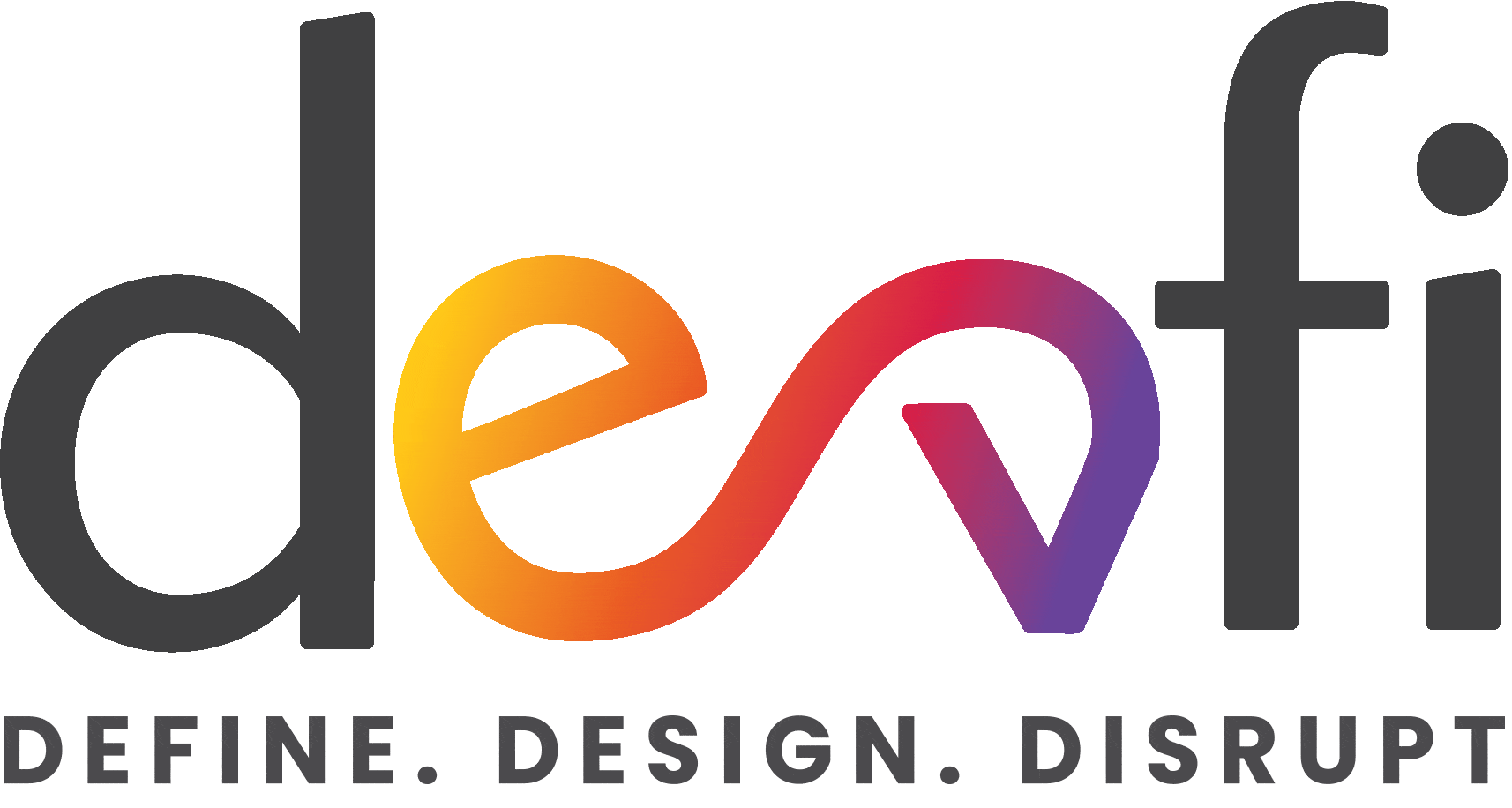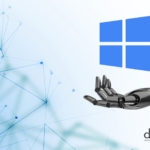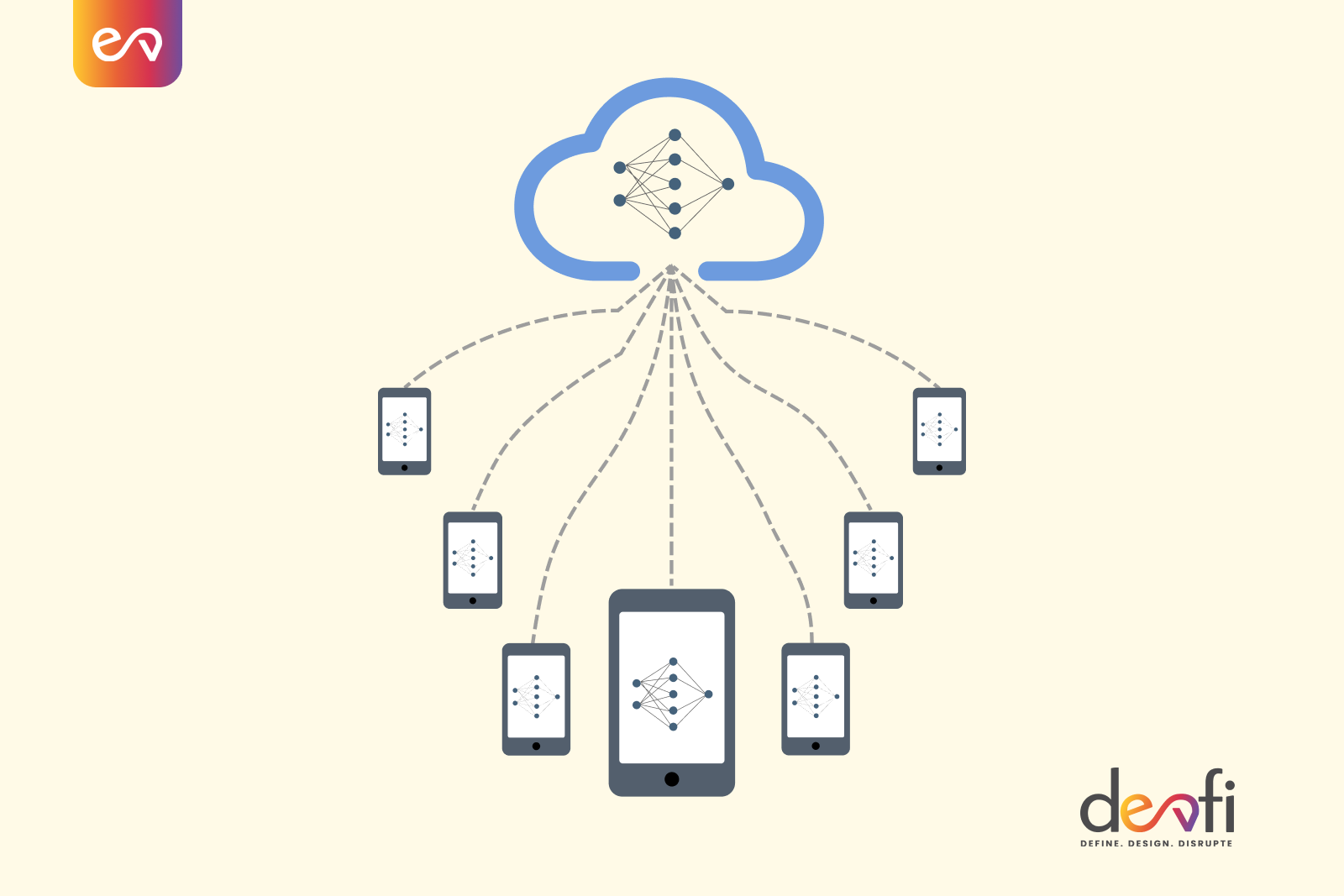The Federated Learning (FL) market is expected to grow globally from USD 127 million in 2023 to USD 210 million by 2028, according to Markets and Markets. This significant growth is attributed to Federated Learning (a distributed machine learning technique) and to the fact that it enables multiple parties to train a shared deep training model while keeping their data private. This process helps to address issues such as data protection, information security, and privileged access to large datasets.
Federated/Collaborative Learning & its Importance
Federated Learning, also known as Collaborative Learning, the method works by allowing machine learning models to get experience with different data sets in different locations, like data centers and the central server, without sharing training data and mitigating the risk of data breaches.
Federated Learning addresses major challenges of the traditional Machine Learning models.
- A good machine learning model is valuable to a company as it can provide them with accurate predictions and improve their performance. However, traditional approaches have shortcomings such as a lack of continuous learning and data aggregation on edge devices.
- A central machine learning model is built on the idea that all the training data collected from a central server is used to create a model that can be used to predict future events. This eliminates the need for additional servers and allows the model to run without issue. In mobile computing, users expect fast responses and a good user experience. But the response time between a central server and a user device can be slow. To solve this issue, a model should be placed inside the end-user device. However, this method can be very challenging since the model has to be trained on a complete data set.
- When a machine learning model is trained in a central location, it collects and stores the user’s data in a way that could be against the privacy policies of some countries and could result in data vulnerability and breaches.
By enabling continuous learning on end-user devices, and ensuring that data does not leave these devices, Federated Learning can help organizations overcome these challenges.
Additionally, FL ensures data security by eliminating the need for data pools on the devices to train the model, data diversity by facilitating access to heterogeneous data, real-time continuous learning to improvise models, and hardware efficiency by mitigating the need for a central server for data analysis.
Applications of Federated Learning
The Federated learning method can be used to support privacy-sensitive applications that distribute training data at the edge. Scenarios like learning sentiment of customers, semantic location, pedestrian behavior analysis for autonomous vehicles, analyzing mobile phone activity, predicting health-related alerts from wearable devices, etc are a few examples of FL applications.
Smartphones
Statistical models are used for mobile phones to develop new applications such as voice recognition, next-word prediction, face detection, to analyze and learn the user behavior. Mobile users can still opt out of sharing their personal data with third parties. Smartphones equipped with FL enable predictive features that result in enhancing the user experience.
Connected devices
Sensors play a crucial part in connected devices and modern IoT networks. They collect data that is then used to respond in real-time through things like autonomous vehicles or smart homes. Privacy concerns and limited device connectivity make it difficult to build aggregate models in some scenarios. Federated learning methods, however, enable the training of models that can efficiently adapt to changes while maintaining user privacy.
Enterprises
In the context of a federated learning system, the entire organization or enterprise, or institution can be considered a device. For instance, hospitals have a large amount of patient data that they can use to develop predictive healthcare applications. Although hospitals follow strict privacy practices, they may also face legal, administrative, and ethical constraints when it comes to the collection and use of patient data. Because of its
flexibility, a federated learning system can be used for various applications, such as private learning. It can reduce the strain on the network and enable organizations to share data between various devices.
FL is a new and emerging concept and has its share of challenges like investment requirements, performance limitations, centralization, privacy concerns, etc. However, researchers prefer applying Blockchain FL and other approaches to build effective and zero-trust FL models.
The next few years will be fascinating for those involved in federated learning. A whole host of new applications taking advantage of this technology will appear, greatly enhancing user experience. Numerous companies will set up platforms for rapidly developing federated learning applications. And if you resonate with this article and want to share your thoughts on Federated Learning, do contact us.






